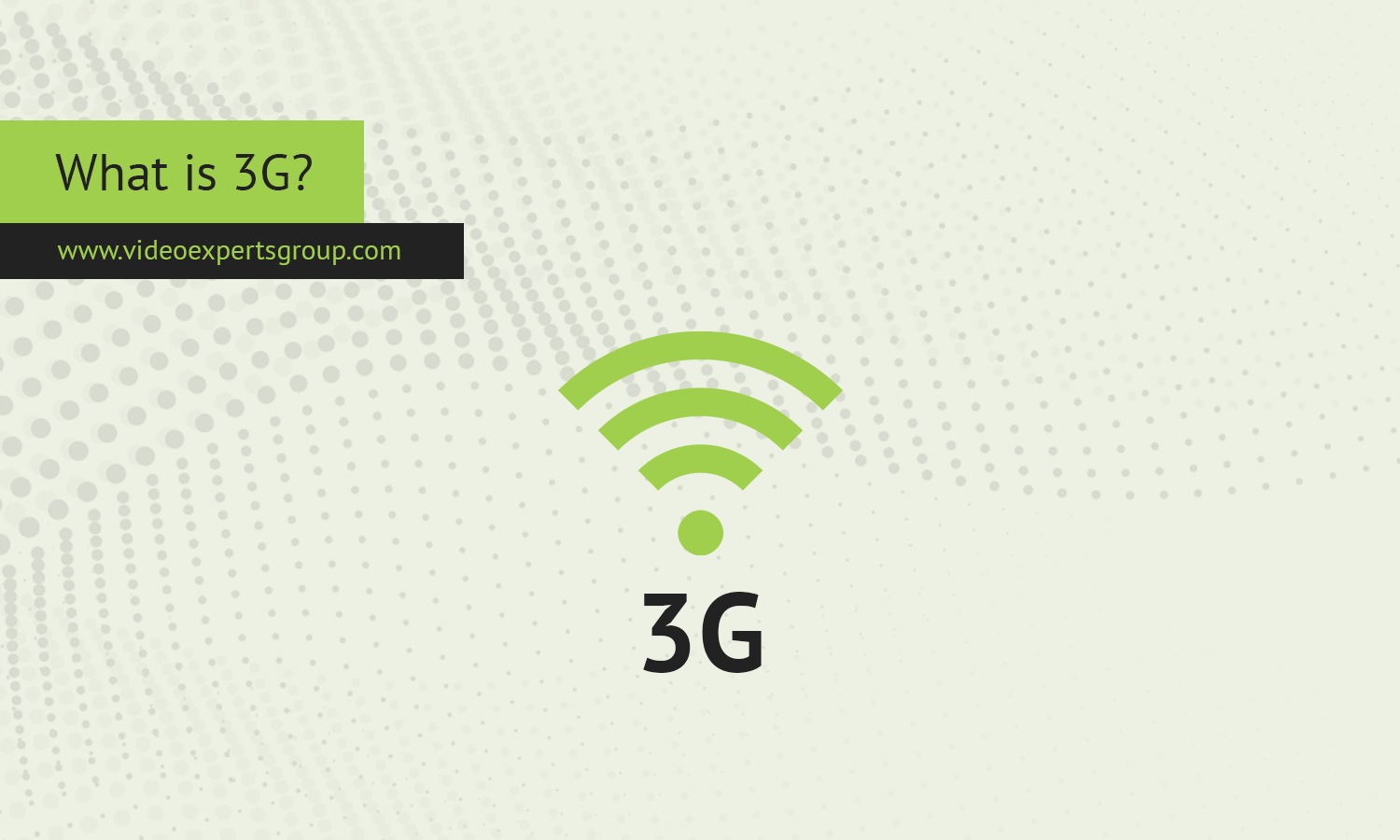
With 3G, mobile phones became versatile devices capable of handling much more data, which paved the way for the smartphone revolution.
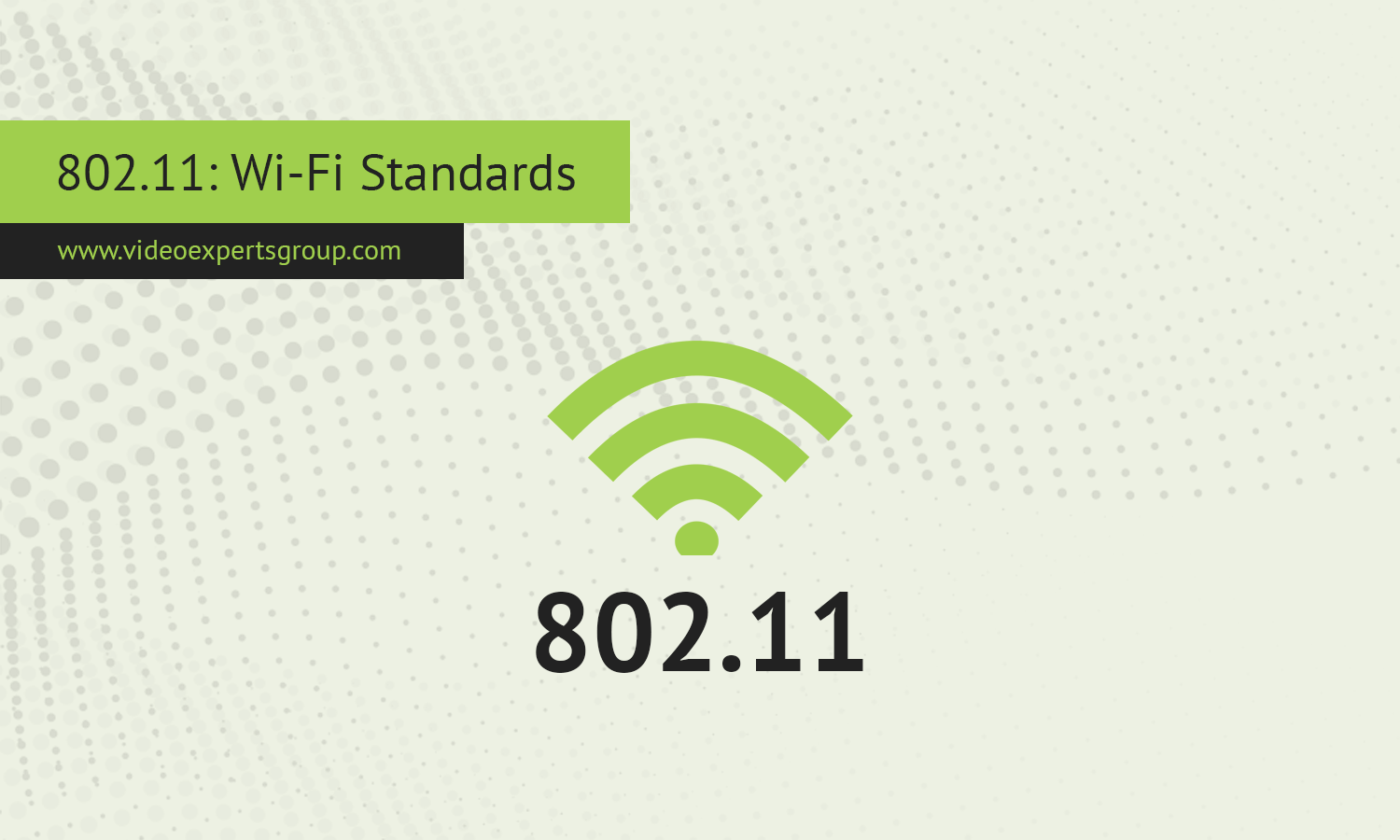
This article will explore the meaning of 802.11, provide a Wi-Fi generations chart, and explain how the 802.11 standards work in simple terms.

As internet technology has evolved over the years, different digital subscriber line (DSL) variants have emerged to meet the needs of businesses and residential users. One such technology is HDSL.
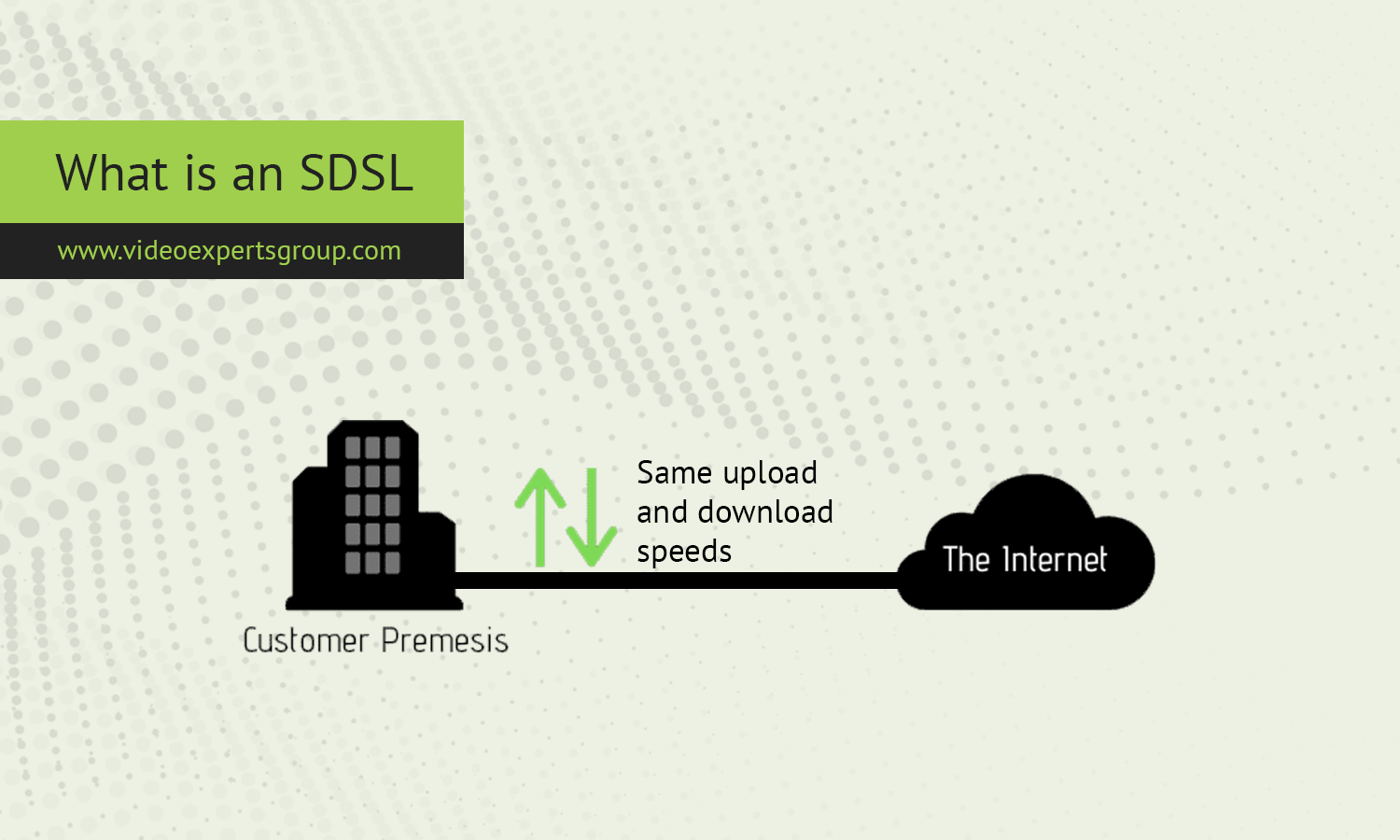
With the growing demand for fast and stable internet connections, different technologies have been developed to cater to various needs. One such technology is SDSL.
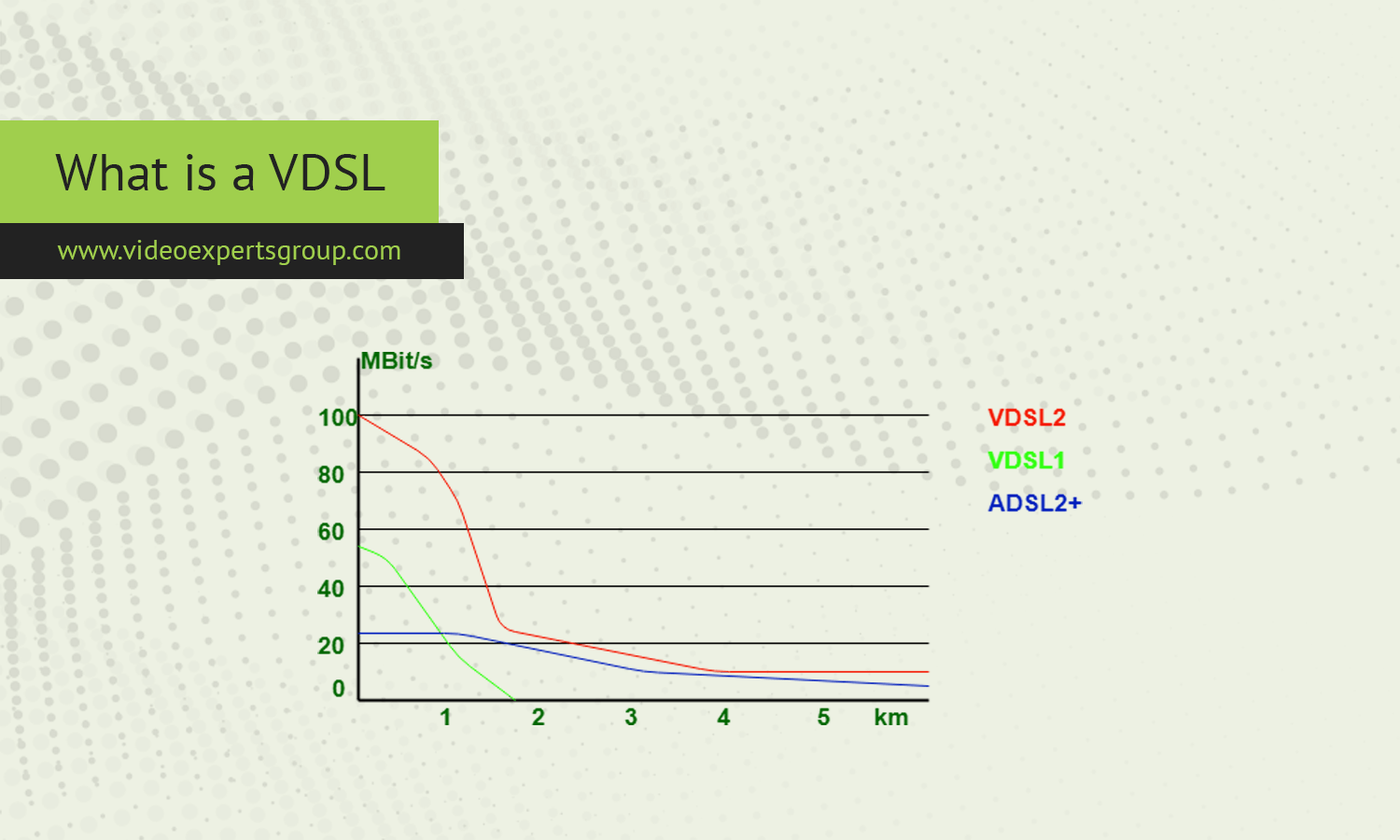
VDSL offers a significant upgrade in speed over its predecessor, ADSL, making it a practical choice for households and businesses in areas where fiber infrastructure isn't yet available.
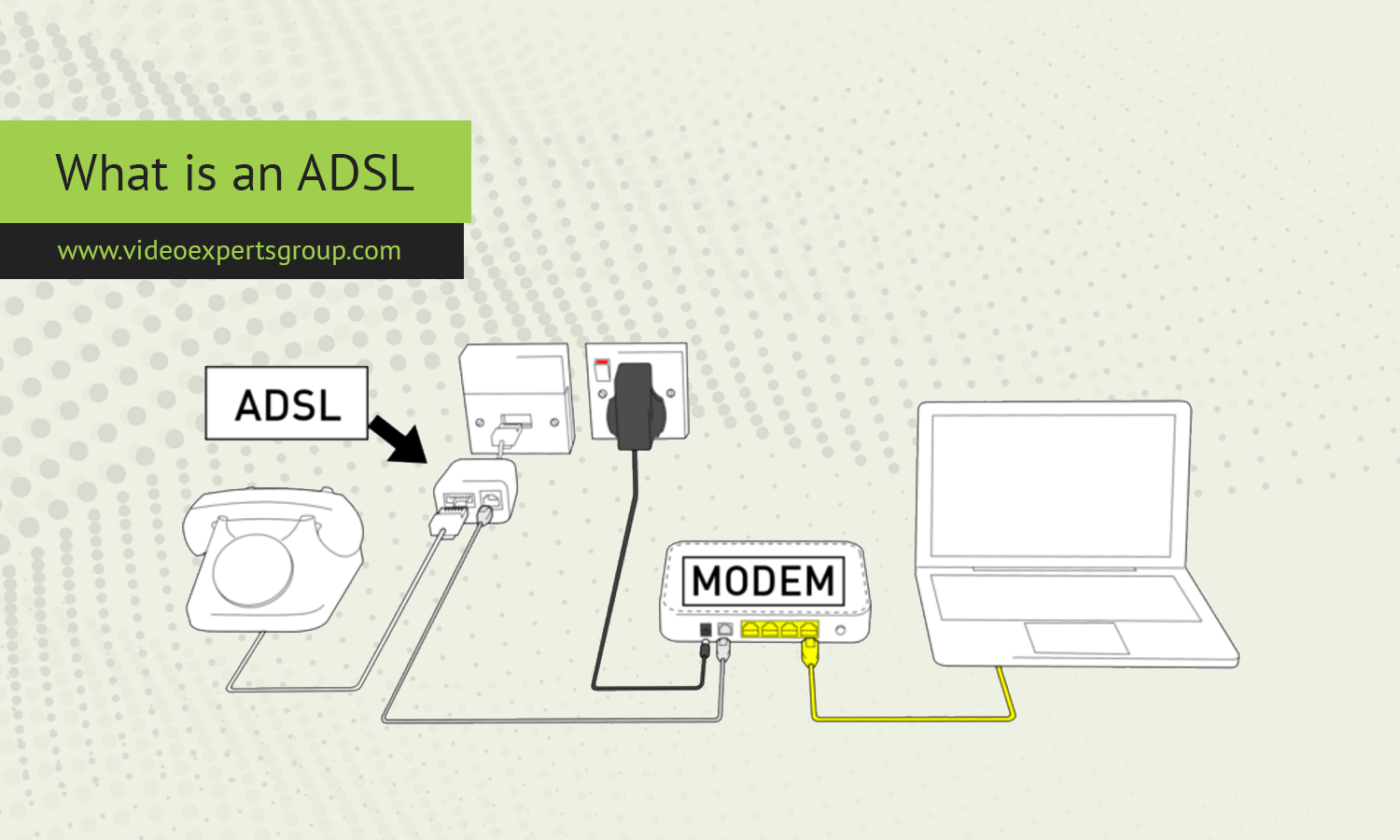
ADSL, or Asymmetric Digital Subscriber Line, is a popular form of internet technology that allows fast data transmission over standard telephone lines.